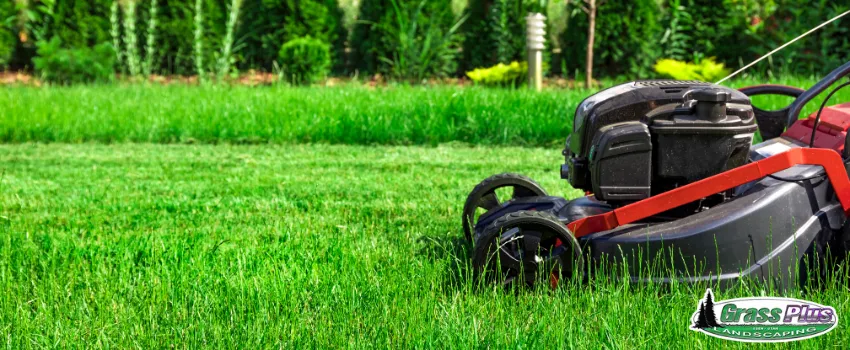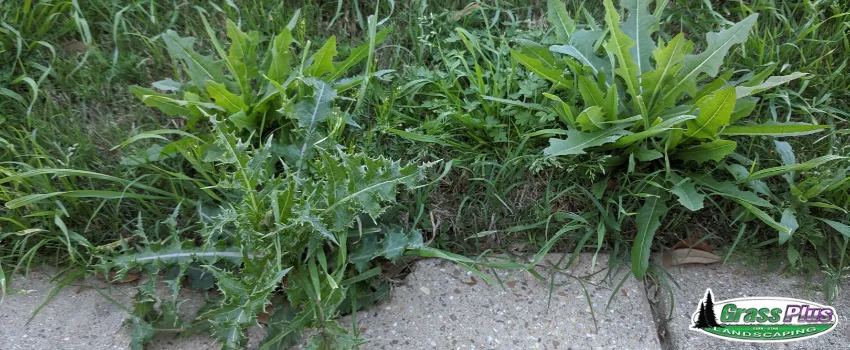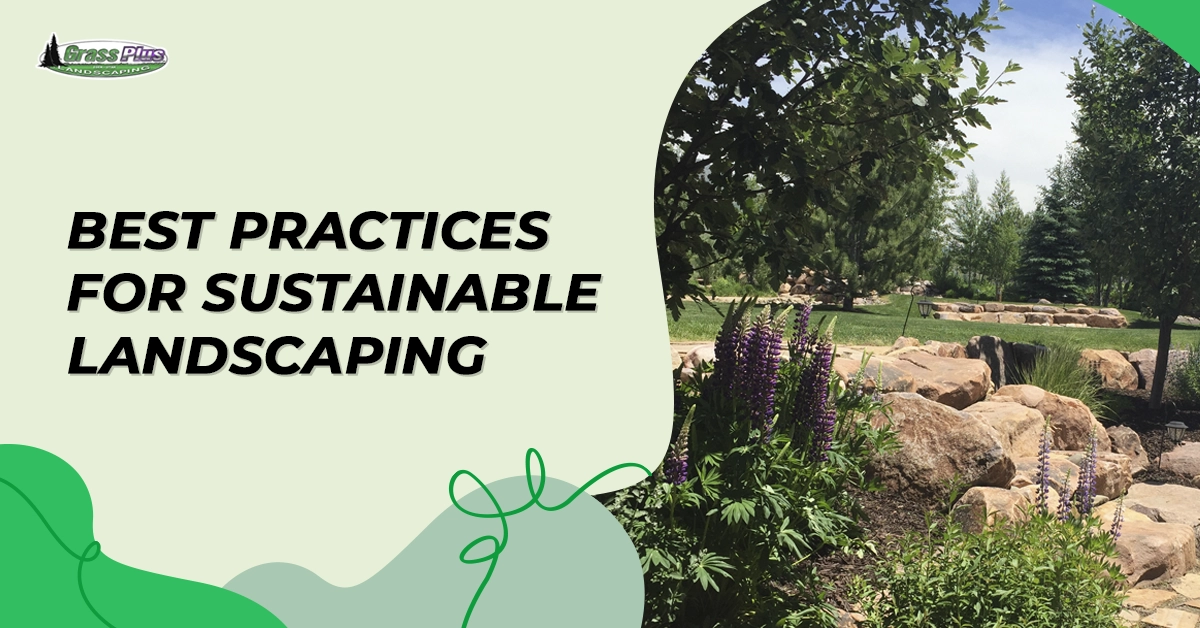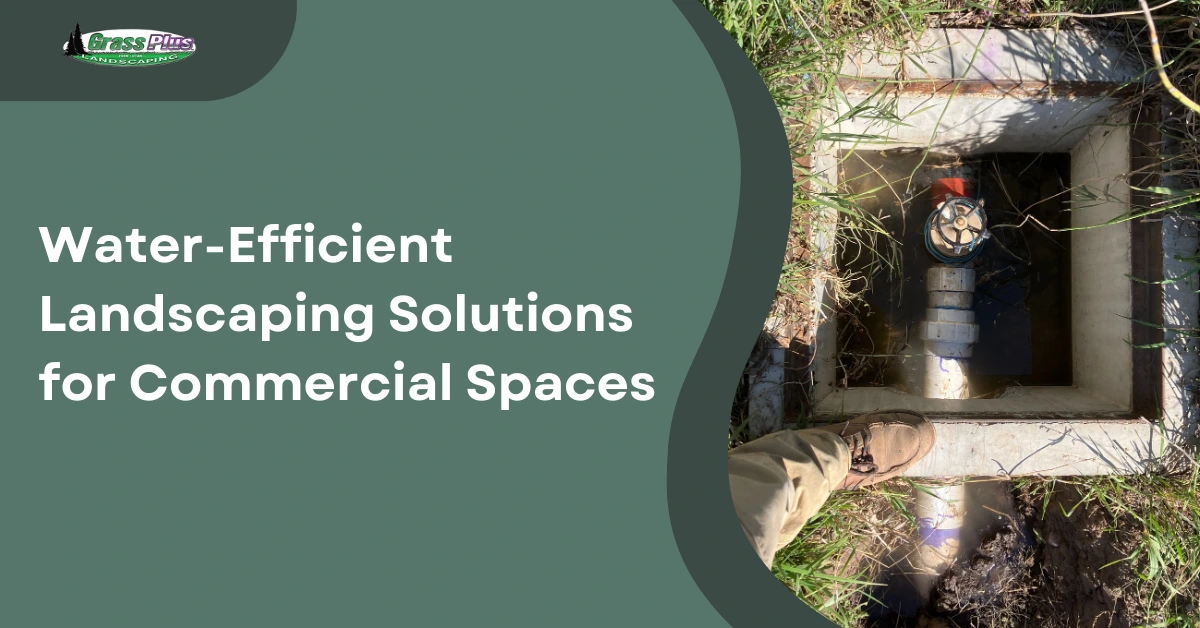A beautifully maintained lawn symbolizes an exquisite household, and this is best achieved by fertilizing the area. It goes without saying that if you’re planning to cultivate an admirable lawn, you need to have a good grasp of the nuances of fertilization. The process can stimulate robust plant growth and elevate the visual allure of your outdoor expanse.
What Is Landscape Fertilization?
This entails the deliberate application of essential nutrients to the soil within a given outdoor space.
It fosters the healthy growth of plants by supplying them with a balanced combination of nitrogen, phosphorus, and potassium, which are crucial for their development. Landscape fertilization is a proactive approach that is a foundational aspect of effective gardening to create a sustainable outdoor setting.
What Is the Advantage of Landscape Management?
The advantage of landscape management lies in its meticulous maintenance of outdoor spaces, ensuring their visual allure and long-term health. It involves the development of sustainable practices like proper irrigation, timely fertilization, effective pest control methods, and wise selection of native plants.
How Can You Prevent Landscape Issues?
Landscape issues can be avoided by implementing the following:
1. Regularly inspect the landscape.
Frequently check your landscape to identify early signs of potential problems, such as pest infestations or disease outbreaks. Taking note of these issues early can mean prompt intervention.
2. Look for the appropriate plants.
Choose plants suited to your region’s climate and soil type. In this regard, native plants are known to thrive with minimal intervention, so maintaining them should not be a problem.
3. Devise a fertilization strategy.
Develop a fertilization plan tailored to your plants’ unique requirements. However, care should be taken so over-fertilization is avoided because this can cause plant stress.
4. Install an adequate drainage system.
Ensure that your landscape has proper drainage to prevent water-logging. If you have a poor drainage system, stagnant water can be expected.
How Does Nutrient Management Help the Landscape?
Nutrient management helps improve the landscape because it can:
1. Balance the nutrients for optimal plant growth.
Nutrient management ensures that essential elements like nitrogen, phosphorus, and potassium are provided in the right proportions. This equilibrium supports strong root development and robust flowering.
2. Enrich the soil for sustainable nutrient supply.
Many nutrient management strategies, like slow-release fertilizers, can enhance soil nutrient-holding capacity. This enriches the soil over time, becoming a self-sustaining nutrient supply for plants.
3. Enhance the aesthetic appeal of landscapes.
Efficiently managing available nutrients contributes to vibrant blossoms, making the landscape more attractive. When plants are well-fed, they exhibit richer colors, creating an inviting outdoor environment.
What Can You Do to Help Protect Your Lawn?
Protect your lawn by implementing the following:
1. Develop proper mowing practices.
Regular mowing keeps your lawn grass from being stressed, especially by weeds. When mowing, avoid cutting more than one-third of the grass’s height.
2. Control the growth of weeds.
Regularly inspect your lawn for the presence of weeds. If found early, remove them by using pre-emergent herbicides.
3. Fertilize your lawn.
Apply a landscape fertilizer per your soil’s nutrient requirements and the needs of your grass species. Over-fertilization should be avoided, though, as this can lead to overgrown plants.
4. Do soil aeration.
Periodic soil aeration reduces compaction, allowing air and water to flow through. It also aids in root growth and promotes a healthier turf overall.
When Should I Apply Lawn Fertilizer?
Applying the appropriate lawn fertilizer should be aligned with key stages of grass growth and seasonal shifts. For cool-season grasses like Fescue, early fall and late spring are optimal fertilization periods as they coincide with active growth phases. In contrast, warm-season grass, notably Bermuda, is best fertilized during late spring and summer when their growth peaks.
How Often Should You Fertilize Your Lawn?
The frequency of fertilizing your lawn depends on factors like grass type, soil conditions, and the specific fertilizer used. A general guideline is to give cool-season grass like the Kentucky bluegrass around 2 to 3 pounds of fertilizers every year. Meanwhile, warm-season grass, like the common Bermuda, can also have 2 to 3 pounds of fertilizer annually but at moderate rates.
How Long Should You Stay Off Grass After Fertilizing?
You should stay off the grass for about 24 to 48 hours after fertilization. This window will give the fertilizer granules time to dissolve and permeate the soil. The recommended timeframe also helps prevent fertilizer particles from being unevenly distributed due to foot traffic.
What Happens if I Never Fertilize My Lawn?
The following can happen if you fail to fertilize your lawn:
1. Nutrient Depletion
Without regular fertilization, the soil’s nutrient content will deplete over time, leading to plant growth deficiencies. Thus, lawn grass may consequently appear thin and pale.
2. Weed Invasion
Nutrient-deprived lawns are more susceptible to being overtaken by weeds. These will exploit the weakened grass condition, gradually taking over the lawn and diminishing its aesthetic appeal.
3. Deteriorated Soil Quality
Fertilization not only nourishes the grass but also improves soil structure. Neglecting this basic maintenance work can lead to compacted soil.
What Will My Lawn Look Like if I Neglect Fertilization?
Neglecting to fertilize your lawn can lead to a decline in its visual appeal. Over time, the grass may lack vibrancy because of inadequate nutrients. Weeds may also show up eventually, competing with the weakened grass and creating an unsightly contrast. Ultimately, what should supposedly be an inviting lawn will turn into an unattractive landscape.
What Is the Role of Nutrients in Controlling Plant Diseases?
Controlling plant diseases is pivotal, but only a well-balanced nutrient supply can bolster a plant’s natural defenses against pathogenic attacks. When nutrient levels are adequate, they help enhance the plant’s ability to fight infections. Conversely, when the available nutrients are deficient, a plant’s immunity to diseases weakens significantly.
What Are the Environmental Factors Affecting Plant Reproduction?
The common environmental factors that can affect plant reproduction include:
1. Extreme Temperature
Drastic temperature fluctuations can disrupt pollination. With extreme heat or cold, delicate reproductive structures can be damaged, inhibiting successful fertilization.
2. Pollinator Availability
Pollination relies on the presence and activity of pollinators, such as bees and butterflies. A diminished pollinator population due to habitat loss and climate shifts can impact successful pollination.
3. Humidity and Moisture
Adequate humidity and moisture are essential for effective pollen germination. A dry and humid environment can impede the process, reducing plant reproduction.
4. Soil Condition
Poor soil quality can impact a plant’s reproductive health. When soil nutrients are inadequate, flowers become weak and produce less pollen.
Key Takeaway
Regular fertilization, tailored to your lawn’s specific needs, helps promote a vibrant and resilient outdoor space. By strategically administering fertilizers, you can optimize soil nutrient content and fortify plants against potential stressors like pests.
Given the abundance of fertilizer choices, however, it’s natural to feel overwhelmed. This is where the assistance of a professional landscaping company becomes invaluable. With their expertise, you can expect a greener and fresh-looking outdoor area for your home.
Rediscover the beauty of the outdoors with a healthy lawn from Grass Plus, Inc.
We know that you love spending time on your home lawn. But if it is filled with dull and unattractive plants, it might become less inviting. This is hardly an issue with Grass Plus, Inc.
What your lawn needs is efficient and timely fertilization, and our landscape fertilization in Colorado is the perfect solution. Our team of experts is ready to make the initial assessment if you are. So, what are you waiting for? Call us now.








